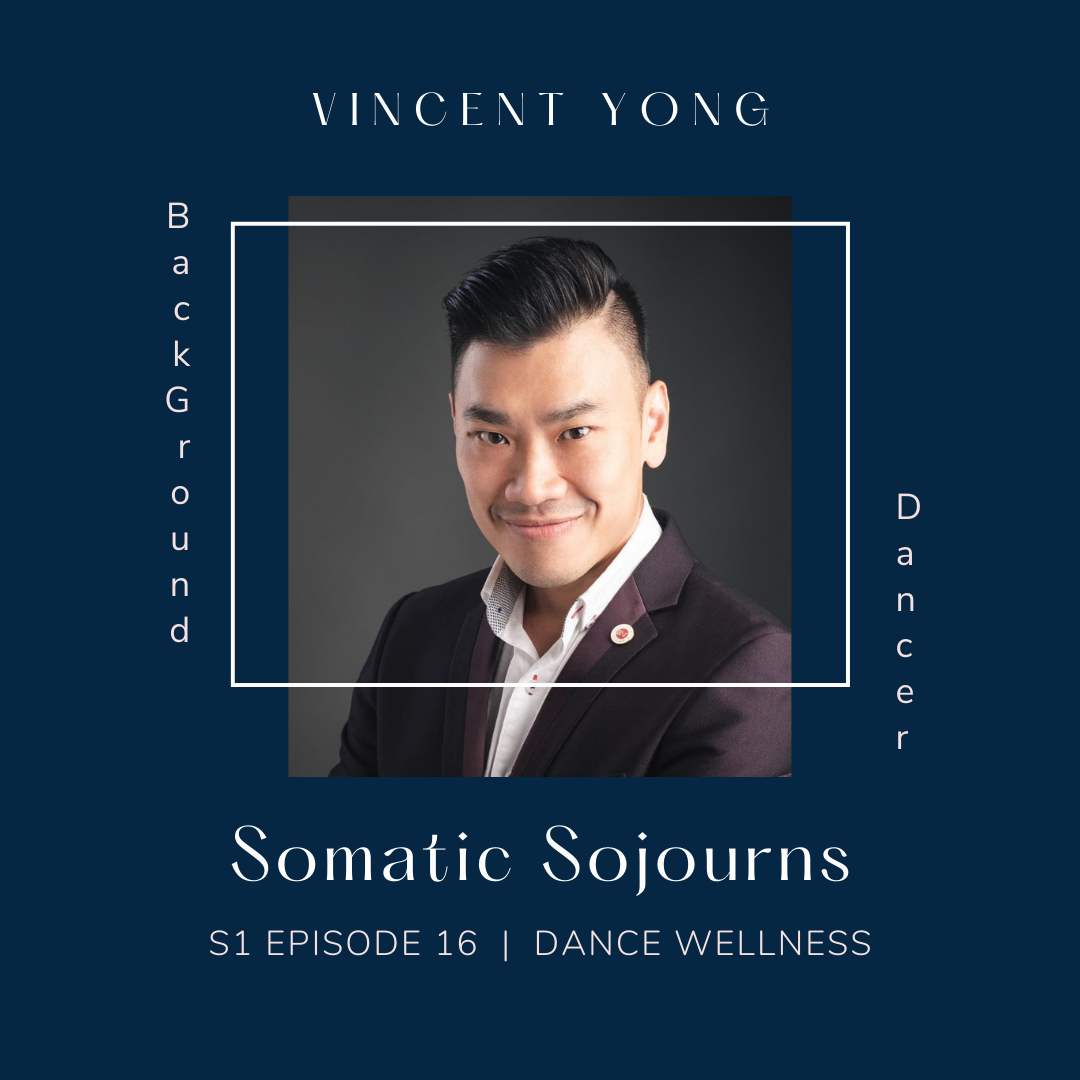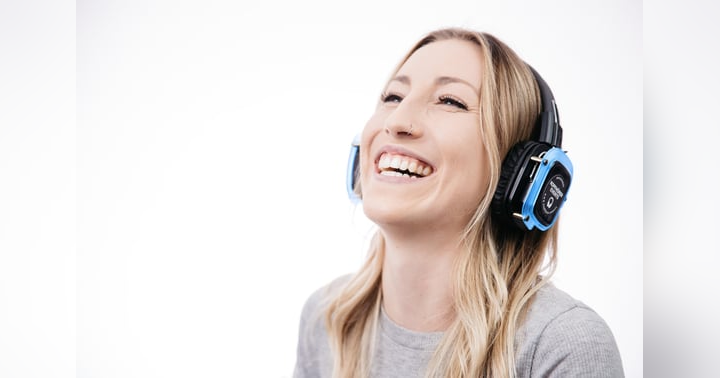Somatic Wisdom for the Infinite Body

One of the main ideas about somatics is the first-person perspective towards the body. Body-mind connections are based on awareness towards oneself and the surrounding space. That said, one’s body perception can be very personal, fluid, multi-relational and in constant flux. It is then very important to understand and identify the “blueprint” of one’s own body, as Vincent Yong mentioned in the episode Somatic Sojourns.
However, body awareness requires practice. We don’t automatically tune in with our bodies at all times, even though we are literally using it to perform everything in life. Disconnection with the body could even happen in a group of people whose careers are predominantly dealing with movement, such as dancers or athletes. This is especially apparent in circumstances where one needs to fulfill the expectation of social norms (i.e. body image) imposed externally, instead of listening to their own bodies' needs.
But what does listening to the body mean exactly ? It could be as simple as being attentive to your own breath, transporting awareness to the current state of your body, mapping the placement and sensations of your body to the extent of expanding movement capacity. In somatics, there are many different tools that could help navigate your awareness towards the wisdom of your own body. I personally have experienced Body-Mind Centering, Continuum, Feldenkrais, and various other approaches. Here are some ways I find somatics to be helpful for me not only as a dancer, but as a person:
Knowing the baseline. This is similar to Vincent Yong’s phrase about understanding your blueprint. By connecting to my own body, I feel grounded and in touch with my baseline, thus providing a solid foundation for my actions and not being wildly oscillated by external factors.
Mindfulness savoring. Instead of acquiring “additional” knowledge, somatics help to realize what's been there in my body this whole time. I’ve learnt to acknowledge so many sensory nuances that my body is able to connect with, which has made almost every part of life inspiring and worth savoring.
Injury prevention. Being mindful of your body also contributes to injury prevention, by being more vigilant to any unnecessary tension or pressure accumulated within the body. Awareness also leads to instant adjustment, i.e. a deep breath for relaxation or relief. By acknowledging the complexity of the body, I was also made aware of the distribution of labor - Am I utilizing muscles and organs effectively in a beautifully orchestrated manner or am I putting extra pressure on one particular body part?
Choices. When people are in a state of “awareness”, they can then realize in an embodied way the infinite wisdom a body could offer. There are multiple channels to investigate such richness of the body (muscular system, fluid system, skeletal system, internal organs etc.), and discover how different systems support each other. By exploring different movement textures and sensations, one is able to make mindful choices based on this spectrum of possibilities.
I was once doubtful in somatic class, questioning if somatic practices actually acknowledge the “first person perspective”. Well, isn’t that idea very subjective, and in a sense biased? Could there be any misunderstandings if one only affirms his/her perspective and believes in an absolute truth?
My teacher answered: if everyone is constantly listening to their own body in a state of awareness, they can feel the nuanced changes within, and thus will not form fixed perceptions towards what a body “should” feel like or be like. Instead, one will remain humble at all times, and have constant conversations with that vast wisdom a body offers.













